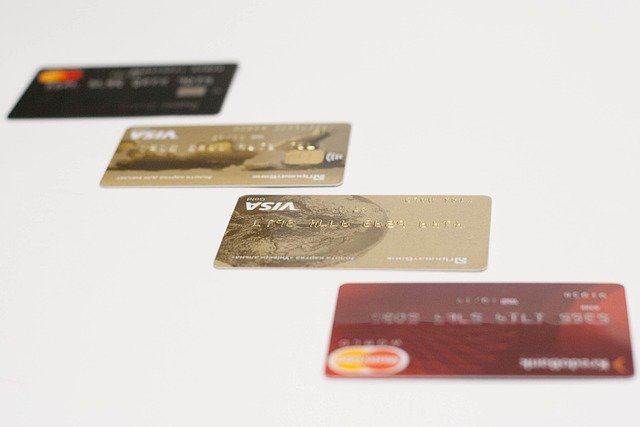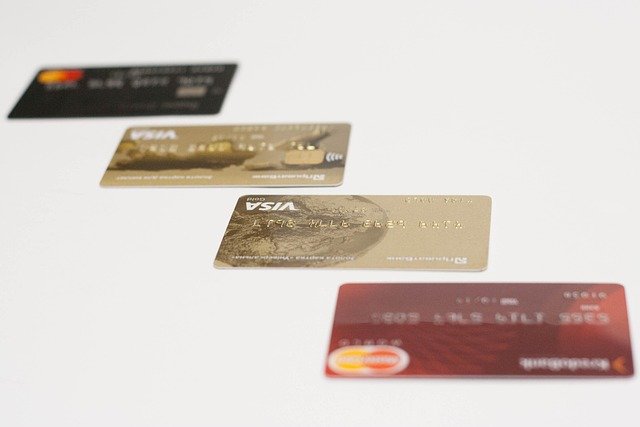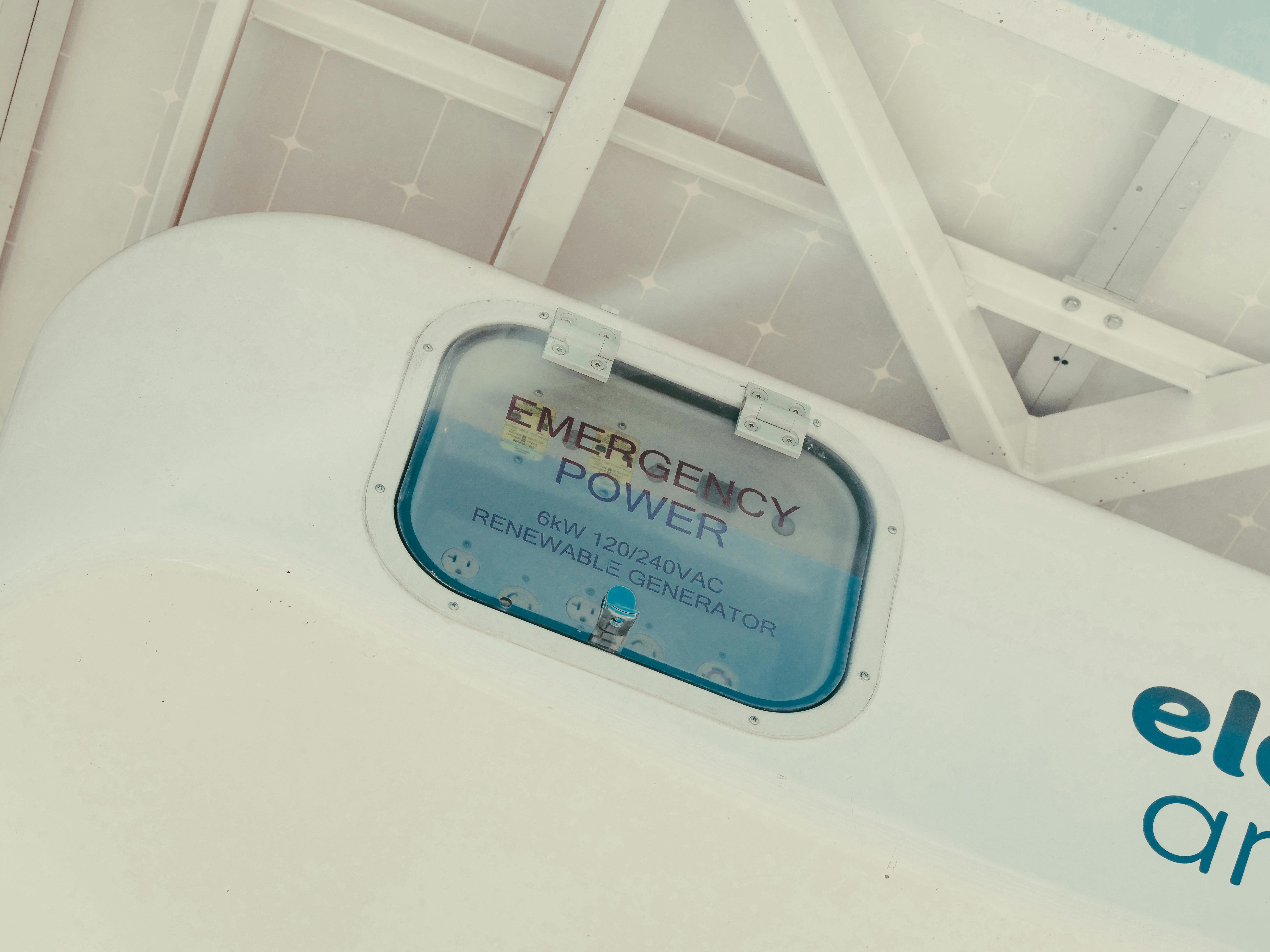How to get a $20k credit limit with bad credit
Struggling with bad credit but need a $20,000 credit limit? It might sound impossible, but there are strategies and options available. In this guide, we’ll explore how to navigate the system, leverage alternative lenders, and improve your chances of instant approval despite a low credit score.

What defines bad credit and how does it affect credit limits?
Bad credit typically refers to a credit score below 580 on the FICO scale. This low score results from factors like late payments, high credit utilization, or bankruptcies. Credit card issuers view bad credit as a risk indicator, often leading to lower credit limits or outright rejections. Lenders use credit scores to gauge the likelihood of repayment, so a low score suggests higher risk, resulting in lower credit limits to mitigate potential losses.
Can you realistically get a $20k credit limit with bad credit?
While challenging, it’s not entirely impossible to secure a $20,000 credit limit with bad credit. However, it’s important to set realistic expectations. Most traditional lenders are unlikely to offer such a high limit to someone with a poor credit history. Your best chances lie in exploring alternative options, improving your credit over time, or considering secured credit cards that allow you to set your own limit based on a security deposit.
What strategies can improve your chances of approval?
To maximize your chances of approval for a higher credit limit, focus on improving your overall financial picture. Start by paying all bills on time and reducing your credit utilization ratio. Consider becoming an authorized user on a family member’s credit card with a good payment history. Additionally, dispute any errors on your credit report and work on paying down existing debts. These steps can gradually improve your credit score, making you more appealing to lenders.
Which lenders are more likely to offer high limits to risky borrowers?
Some lenders specialize in working with individuals who have less-than-perfect credit. Credit unions, for example, often have more flexible lending criteria and may be more willing to consider factors beyond just your credit score. Online lenders and fintech companies sometimes use alternative data to assess creditworthiness, which could work in your favor. However, be cautious of predatory lenders offering high limits with exorbitant interest rates or fees.
What are some alternative options for accessing $20k in credit?
If a traditional credit card with a $20,000 limit isn’t feasible, consider these alternatives:
-
Secured credit cards: Deposit $20,000 as collateral to match your desired credit limit.
-
Personal loans: Some lenders offer personal loans to those with bad credit, potentially up to $20,000.
-
Home equity lines of credit (HELOCs): If you own a home, you might qualify for a HELOC despite bad credit.
-
Peer-to-peer lending platforms: These may have more lenient credit requirements.
-
Co-signed credit cards: A co-signer with good credit could help you qualify for a higher limit.
How can you build credit to qualify for higher limits in the future?
Building credit takes time and patience, but it’s the most reliable way to qualify for higher credit limits in the long run. Start by using a secured credit card responsibly, making all payments on time, and keeping your credit utilization low. Consider a credit-builder loan to diversify your credit mix. Regularly monitor your credit report and address any issues promptly. As your credit improves, request credit limit increases on existing cards or apply for new cards with better terms.
| Strategy | Potential Impact | Time Frame |
|---|---|---|
| Secured Credit Card | Establish credit history | 6-12 months |
| Credit-Builder Loan | Diversify credit mix | 12-24 months |
| Authorized User | Boost credit score | 1-6 months |
| Debt Paydown | Improve credit utilization | 3-12 months |
| Regular Credit Monitoring | Catch and fix errors | Ongoing |
Prices, rates, or cost estimates mentioned in this article are based on the latest available information but may change over time. Independent research is advised before making financial decisions.
While obtaining a $20,000 credit limit with bad credit is challenging, it’s not entirely out of reach. By understanding the factors that influence credit decisions, exploring alternative options, and taking steps to improve your creditworthiness, you can work towards achieving your financial goals. Remember that responsible credit management is key to maintaining and increasing your credit limits over time.




